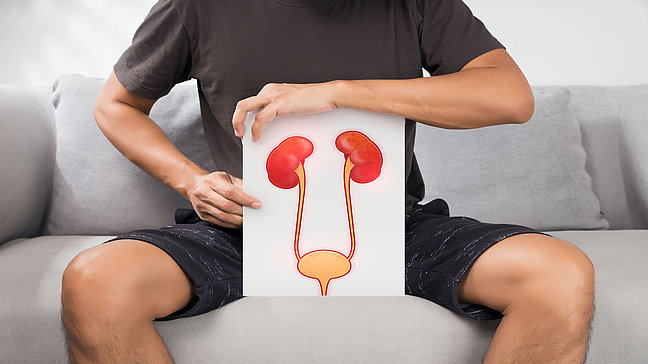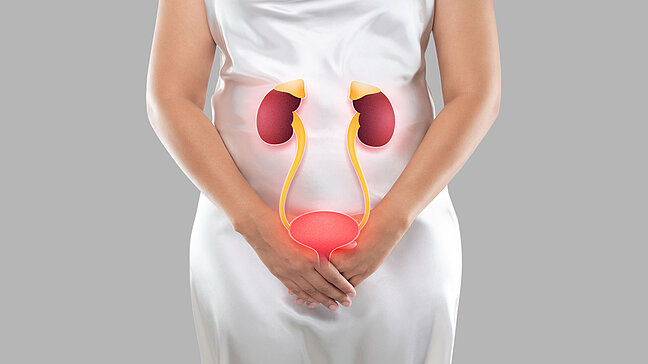
Urethrography
When is a urethrography performed?
A urethrography is useful when there is suspicion of a disease or injury of the urethra. These include:
- Urethral strictures – in cases of symptoms such as a weakened urine stream or incomplete bladder emptying.
- Urethral injuries – after accidents or surgical procedures.
- Unclear symptoms during urination – when other examinations do not provide clear results.
- Diagnostics before and after operations on the urethra – to monitor the success of the treatment.
How does the investigation proceed?
1. Preparation: The patient lies relaxed in a supine position. Special preparation is usually not required.
2. Introduction of the contrast agent: A thin catheter is carefully inserted into the urethra, through which the contrast agent is slowly injected.
3. X-ray images: Once the contrast agent has distributed in the urethra, several X-ray images are taken to assess the patency and shape of the urethra.
4. Duration of the examination: The entire examination takes only a few minutes and is generally well tolerated.
What are the advantages of urethrography?
- Precise diagnosis of urethral changes.
- Gentle method with minimal radiation exposure.
- Quick execution without elaborate preparation.
- Accurate planning for surgical interventions or therapeutic measures.


